The music aggregator platform in focus here has been conceived around a number of simple guidelines, which, taken together are aimed at simplifying and speeding it's development into a credible force for musical community. These cover areas such as technology, social value generation, empowerment, implementation cycles, finance and advertising.
To a certain degree, simplicity and platform are bound together (a technology stack is, for example, only as good as the supporting delivery workflows, which, for javascript and the browser have been greatly simplified in recent times).
Data Is Central
Any instrumental and theory tool modelling expertise to be won from open-source SVG modelling can also find re-application in virtual environments, driving social value into those entirely new areas.
Could this be the unreachable itch currently dampening enthusiasm for VR music applications? Perhaps designers have simply not (yet) seen the potential for transformable notation in graphical object overlays (skins) and ad-hoc VR drama. With artificial intelligence and endless other application possibilities to squabble over, it's daft to get hung up on data. Let's get it out there - and used.
Quality Assurance
Is the functionality or behaviour part of the core platform, or is it going to be exclusive to 3rd party sites?
Clearly, the closer to the platform core (the trilogy of notation, instrument models and theory tools), the more imperative platform principles are enforced. What a 3rd party site does is, it could be argued, their responsibility.
Core functionality such as a new instrument model can be expected to meet stringent requirements, whereas a 3rd party site is likely to be free to improvise an own, custom solution.
A 3rd party site may, for example, wish to embed only a specific instrument model, go with it's own customised tools, perhaps embed tools specific to own culture and supporting specific learning goals. This they should be able to do, and free of interference.
Big, brave, open-source, non-profit, community-provisioned, cross-cultural and tazed crazy. → Like, share, back-link, pin, tweet and mail. Hashtags? For the crowdfunding: #VisualFutureOfMusic. For the future live platform: #WorldMusicInstrumentsAndTheory. Or simply register as a potential crowdfunder..
Platform Principles
Musical understanding implies deliberate score step-through, where changes to fingering and abstract music theory patterns are tracked and absorbed at a user's pace. In this way, every score or exercise assumes (in some cases multiple) new dimensions.
Notation exercises can project subtle transformations by means of relevant theory tools: characteristic cultural/modal sequences, inversions, reflection, rotation, key and chord transformations, and the qualities associated with specific chord types and intervals.
Beyond these are questions of workflow and architecture, for which we have, for example, the likes of the current JAMstack good practice:
... which in turn suggest the following:
|
1. Entire Project on a CDN
|
2. Everything Lives in Git
|
3. Modern Build Tools
|
|
4. Automated Builds
|
5. Atomic Deploys
|
6. Instant Cache Invalidation
|
Dynamic content in the form of user-preference-driven menus, notation, and instrument and theory building models, and the underlying code factories suggest at least in part an API approach, perhaps in conjunction with other recent concepts, such as serverless functions. Should these or other aspects of delivery pipeline strategy need radical change, this can be done using Git as the fulcrum around which the move is coordinated..
To finish off this post, there have been a number of recent ideas and advances in pursuit of 'idealized' continuous Delivery / Deployment / Integration workflows. This is something I expect to be able to write about in the context of this platform in the near future.
Keywords
online music learning,
online music lessons
|
distance music learning,
distance music lessons
|
remote music lessons,
remote music learning
|
p2p music lessons,
p2p music learning
|
music visualisation
music visualization
|
musical instrument models
interactive music instrument models
|
music theory tools
musical theory
|
p2p music interworking
p2p musical interworking
|
comparative musicology
ethnomusicology
|
world music
international music |
folk music
traditional music
|
P2P musical interworking,
Peer-to-peer musical interworking
|
WebGL, Web3D,
WebVR, WebAR
|
Virtual Reality,
Augmented or Mixed Reality
|
Artificial Intelligence,
Machine Learning
|
Scalar Vector Graphics,
SVG
|
3D Cascading Style Sheets,
CSS3D
|
X3Dom,
XML3D
|
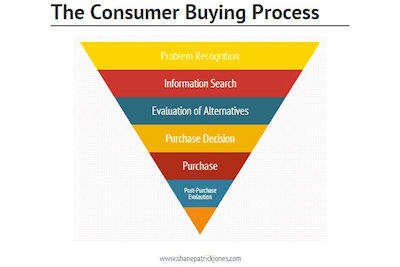 Support This
Support This![]() Ads, No
Ads, No Augment/Improve Existing YES
Augment/Improve Existing YES
 Aggregator Platform
Aggregator Platform Configuration Freedom
Configuration Freedom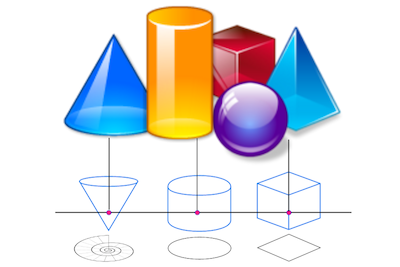 Directly Linked Theory Tools
Directly Linked Theory Tools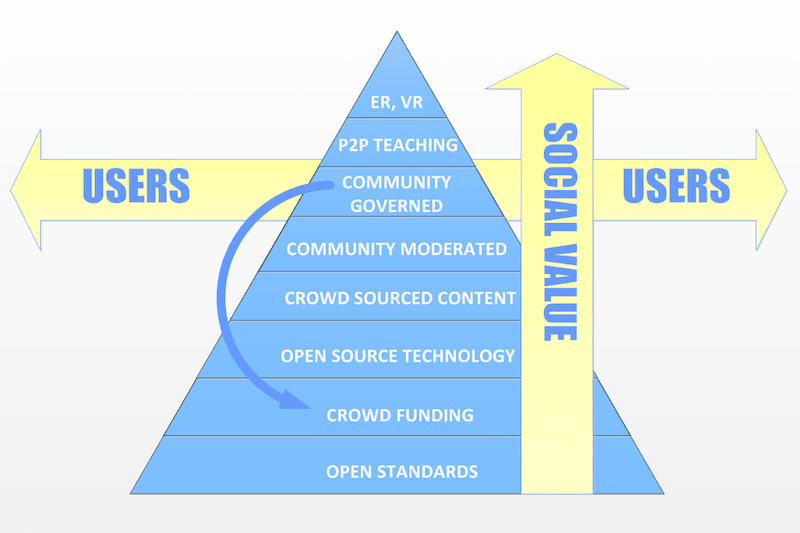 Community Provisioning
Community Provisioning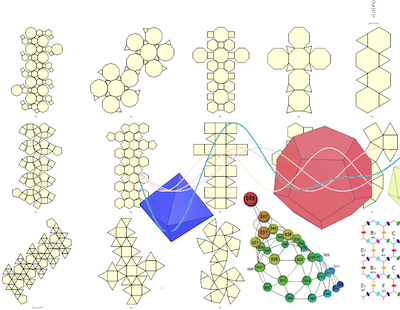 Deep Insight and Understanding
Deep Insight and Understanding
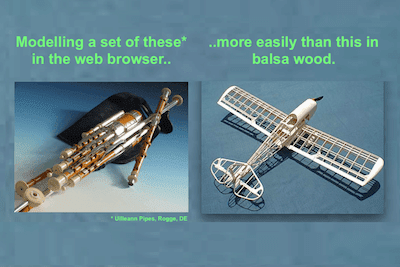 Musical Properties Modelling Kit
Musical Properties Modelling Kit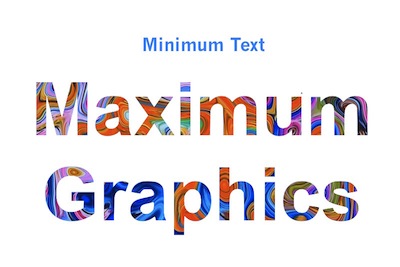

 System - Instrument - Theory Tools
System - Instrument - Theory Tools Awareness Of Harmony
Awareness Of Harmony Basics Working First
Basics Working First Work Out From The Familiar
Work Out From The Familiar Presentation Priorities
Presentation Priorities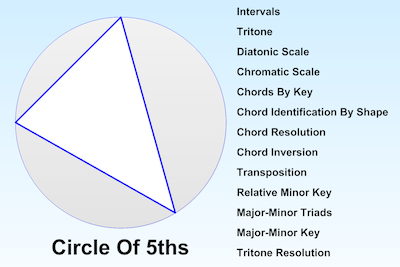 Distilled Visual Patterns
Distilled Visual Patterns
Comments, questions and (especially) critique welcome.